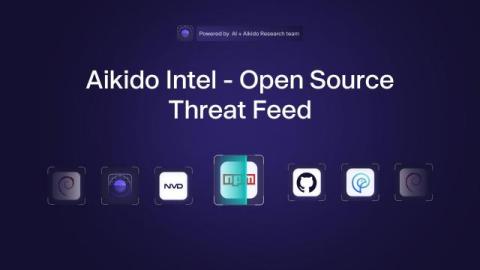CyberArk + Wiz: Securing the Cloud, One Identity at a Time
Discover how CyberArk and Wiz are revolutionizing cloud security! In this exclusive interview with Information Security Media Group, CyberArk Chief Strategy Officer Clarence Hinton and Wiz Vice President of Product Extensibility & Partnerships Oron Noah discuss how their partnership addresses critical cloud challenges: Key Highlights: Watch now to explore how CyberArk and Wiz empower organizations to secure their cloud environments effortlessly!










